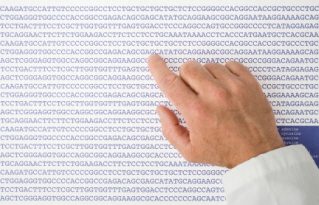A very interesting article in the New Scientist published last week by Peter Aldhous examines the approach of affordable whole-genome sequencing. The article mentions 23andme, the recently published genomes of James Watson and J. Craig Venter, and the Personal Genome Project.
“Thanks to the advances in sequencing technology, that might be done for as little as $1000 per person. “DNA chipsâ€, meanwhile, can scan your genome for common “spelling mistakes†for just a few hundred dollars. At that price, the era of personalised genomics is already dawning. “This is the year,†claims [Dr. George] Church.”
Mr. Aldhous’ article doesn’t shy away from the hard stuff either. Although I could potentially obtain my entire genomic sequence if I had $1 million lying around, very little of the information would be interpretable. We still have so very much to learn about our DNA. A great quote comes from Michael Egholm of 454 Life Sciences:


